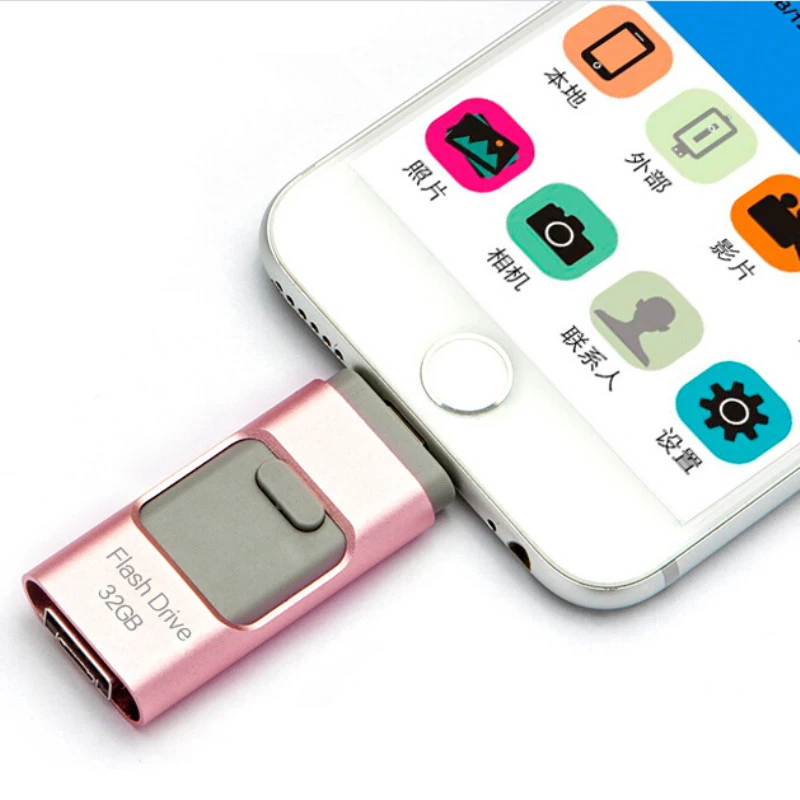

Iflash Drive Ipod Free Up Space
The iPod shows 238GB space under Settings About.The iFlash Drive is the smallest, fastest and simplest way to free up space for your iPhone, iPad or Android device. Under the iPod software section, I select restore and then follow the instruction to move it to a power charger to finish the restore process. Tools of the tradeAfter replacing the iPod internal HD with the iFlash card and microSD, I connect the iPod to MacBook and open it in Finder.
Iflash Drive Ipod Install SDHC Or
Use with one SD card in standard mode, or two SD cards in mixed JBOD mode for even greater storage capacity. The best way to apply the required force is with a wide, flat, thin, springy but strong object – a wallpaper scraper.The Tarkan iFlash-Dual allows you to install SDHC or SDXC storage cards in place of the HDD to modernize your classic model iPod. Using a screwdriver means that your back cover – which is of course already scratched and dented – bends out of shape wherever the screwdriver goes. These either hold on tenaciously or break with a momentum-inducing SPANG, ripping out the delicate headphone-jack ribbon cables and flinging them to the far corner of your workroom. There are tack-welded springs down the inner sides of the back cover.

Of course you can get around that on a MacBook by running Windows in a virtual machine, but that may be more trouble than it’s worth.An SSD: Sounds daft, but don’t forget that Tarkan and his competitors are selling only the adapter hardware, not the actual solid-state drive that goes in it. To do this you have to either do a lot of very deep, very arcane research into the limits and disadvantages of FAT32 – or just take Tarkan’s advice and use the public domain extended format utility he recommends – which runs only on a PC. This isn’t a problem for small drives – but the whole point of the exercise is to upgrade the storage.
DON’T try to carry on with the blade: you need a wide flat implement in there to lever the back away evenly. The technique required is to push a sharp blade between the side joint of the front and back covers: look carefully at our finished case to see how the metal casting of the front is shaped underneath the steel stamping of the back – this is the best place to push your blade. Remove the back cover.This is likely to be destructive, but only to the cover – even if you pull it off with some force, the ribbon connector that links it to the iPod motherboard will pull loose long before it causes any damage. There’s a software limit in iTunes that can stop you using storage above 128GB with some iPods – but clearly, there are ways around that too: Tarkan has videos of his 1TB fifth-generation iPod working just fine.Upgrading an iPod with an SSD: A step-by-step guide 1.
Format the SSDFormat your mSATA storage card as FAT32. This slides parallel to the face of the iPod – don’t pull UP, but slide ALONG. Many people forget that iPods are effectively powered on all the time: changing the storage subsystem is something you don’t want to do while the iPod is active.Ease the ribbon cable away on the ZIF socket at the base of the hard drive. Remember that there’s a short ribbon linking the back and front and that there are two fairly loose components (the battery and the hard drive) that will be moving about once the back is released.Ease up the brownish plastic clamp on the battery cable connector and detach the battery.
Now all that’s left is to find 3,000 hours worth of lossless, high-quality music to actually copy onto it. Coming in and out of iTunes a few times and replugging the USB lead to the iPod may be necessary.Reload your music! Try playing a few tracks before you take the effectively irrevocable step of closing up the back of the casing so that you can be sure the headphone cable and port on your shiny new back are all functional.You’re now the owner of a gloriously retro iPod with a fantastically modern amount of storage space. This also requires the battery to be 100% charged before you start, since some of the operations on the SATA storage are a bit harsh on the iPod’s power consumption. The iPod should wake up and warn you immediately that it needs help: this consists of connecting it to iTunes, which may take a couple of tries and an error message before reloading the iPod’s OS succeeds. Mine had little horn-shaped extensions on the PCB to provide a tunnel for the ribbon when everything’s installed.Soft-assemble all the parts – reconnect the backplate cable, fold the mSATA board over and reconnect the battery. Tarkan’s puts the mSATA drive on the outside and leaves the ribbon cable free of strain: if you are finding that the ribbon’s not long enough, then you’ve been missold an inappropriate board.


 0 kommentar(er)
0 kommentar(er)
